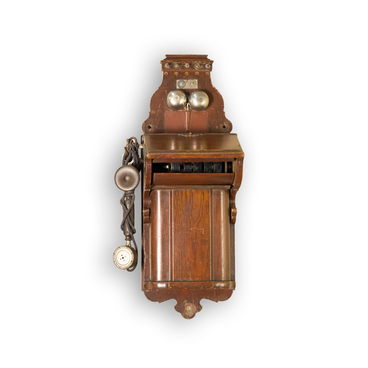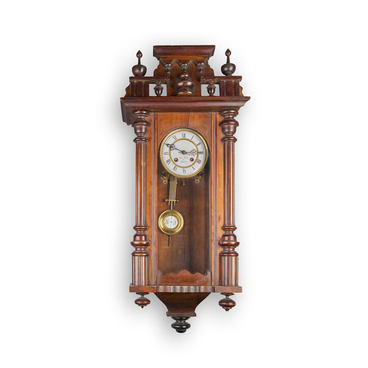One of the exhibits in the collection of the Belgorod State Historical and Local History Museum is a set of lever scales of the Béranger system, adapted for weighing loads up to five kilograms.
These scales were produced in the second half of the 19th century at the Polish factory of Isaac Gastman. They are distinguished by rich decor and elegance. In the center of the scales’ facade is the monogram IG — Isaac Gastman. The body of the scales is adorned with a decorative image of mermaids. The holders of the pans are decorated with figures in the shape of seahorses.
Scales are one of the oldest devices for determining the mass of an object by the gravitational force acting on them. To weigh something, an object was placed on one pan of the scales, and one or more masses were placed on the other pan until both pans were set at the same level. The weight of the masses indicated the weight of the object.
The scales presented in the exhibition appeared thanks to the French inventor Joseph Béranger. In the middle of the 19th century, he proposed to improve the design of the scales with additional levers, which increased the sensitivity of the device.
Scales of this design were put into mass production only at the beginning of the 20th century. For a long time they could be found in Soviet stores. In Soviet trade, only lever scales were allowed to be used. Thus, cup scales of the Béranger system were often seen on the counters of stores and markets.
In Soviet times, the appearance of such scales was simplified, which, however, did not affect the popularity of the design. While lions, mermaids, and harpies gradually disappeared, scales with simple geometric shapes could still be found on store counters for a long time.
Another equally common type of trade scales were the tabletop dial constructions.
Today, there are a huge number of various devices
with astonishing precision for measuring body mass and weighing any objects.
Scales have been one of the most important attributes of human life both in
ancient times and in the modern world.


